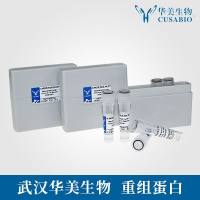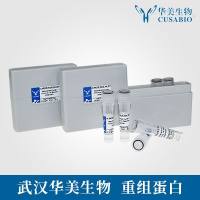Metal-Enhanced Immunoassays
互联网
实验原理
1. Metal-Enhanced Fluorescence
实验试剂
1. PVA Films Doped with Fluorescein
实验步骤
1. Preparation of Fluorescein-Doped PVA Films
2. Preparation of SIFs and SACS
8. Interpretation of Measurements
1) Fluorescein-Doped PVA Films
Next, we collected confocal images from these samples (Fig. 4, top panels).
注意事项
The surface preparation is crucial in MEF and has to be done very carefully.



















